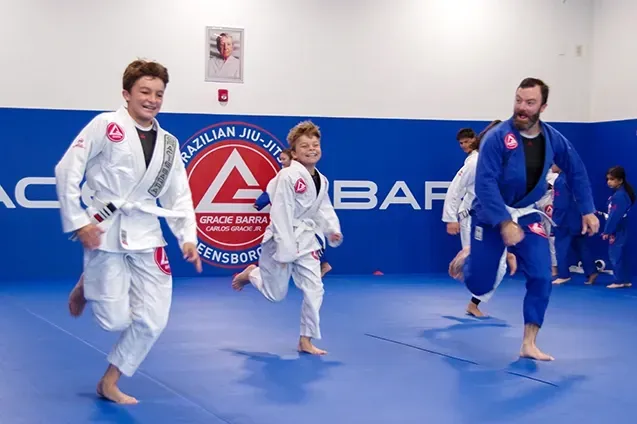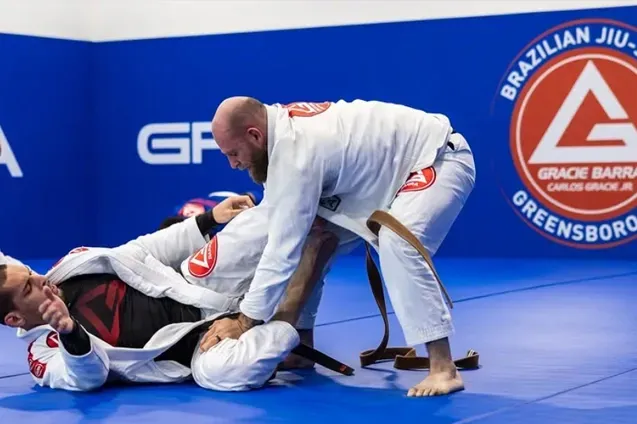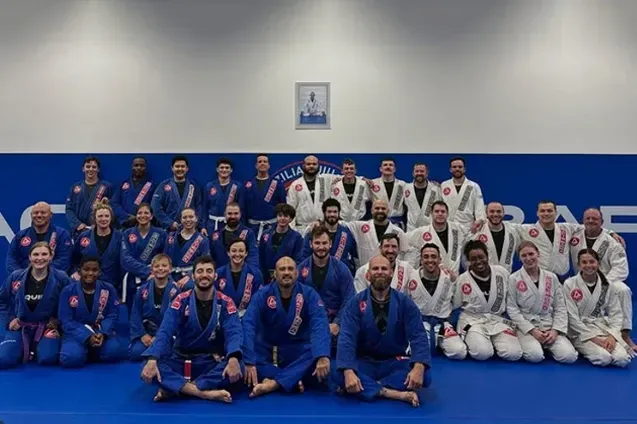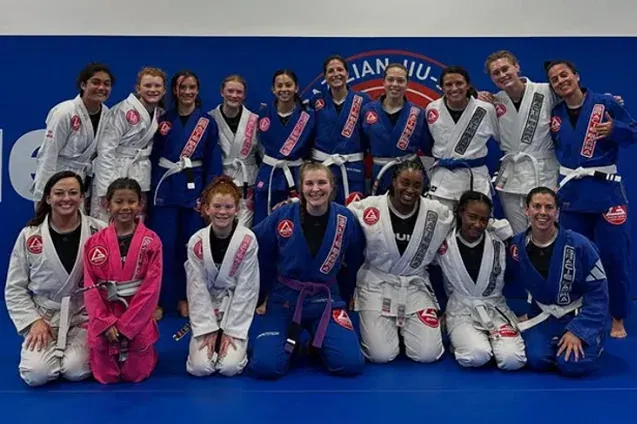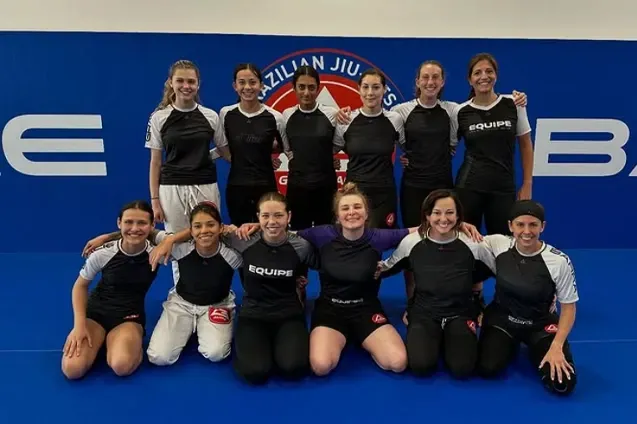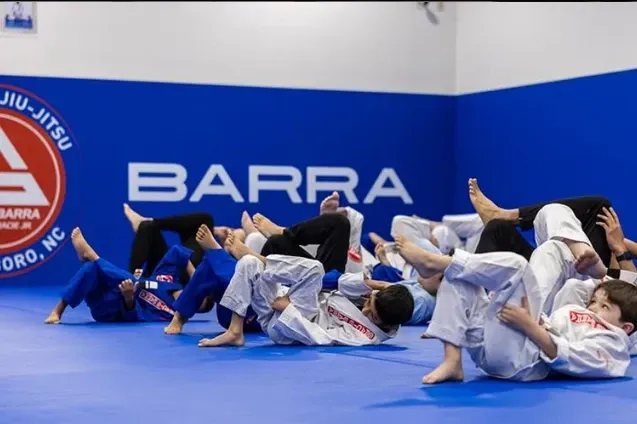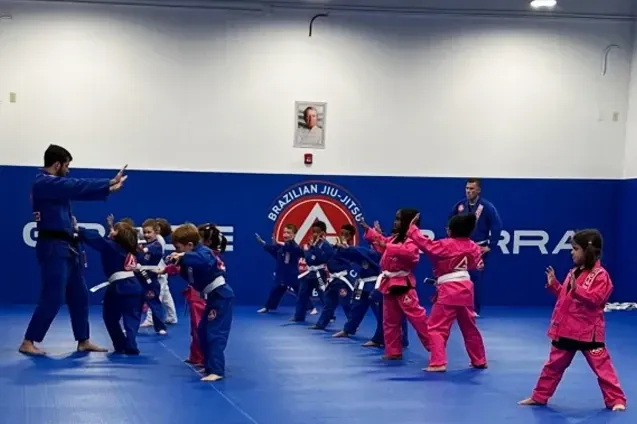How a Jiu-Jitsu Class Can Be an Outstanding Anti-Bullying Tool for Kids
Hello, I’m Professor Lucas Nabuco, Head Professor at Gracie Barra Greensboro. If you’re a parent of a child between ages 3 and 15, this message is just for you. Today, I want to explain how a Jiu-Jitsu class for children offers far more than sport, it can be a powerful anti-bullying tool that equips your child with confidence, resilience, and respect.
What Is Bullying and Why It Demands Our Attention
Bullying is more than playground conflict, it’s a pervasive issue that affects self-esteem, academic performance, and mental well-being. The American Psychological Association (APA) reports that between 40 % and 80 % of school-age children are subject to bullying at some point during their school careers. That’s not just a statistic, it’s a cry for support systems that help kids grow stronger from within.
Types of Bullying:
- Physical: pushing, hitting, unwanted contact
- Verbal: taunts, teasing, hurtful nicknames
- Psychological: exclusion, intimidation
- Cyberbullying: online harassment or public exposure
Consequences of Bullying Include:
- Lowered self-esteem and self-confidence
- Anxiety, depression, school avoidance
- Social withdrawal and academic decline
These impacts can follow children well into adulthood, making effective prevention absolutely vital.
How Jiu-Jitsu Acts as a Shield Against Bullying
Jiu-Jitsu isn’t just about learning how to grapple, it’s about learning how to carry yourself with quiet confidence. At Gracie Barra Greensboro, we help kids build the kind of inner strength that naturally deters bullying. By combining self-defense techniques with emotional awareness, Jiu-Jitsu empowers children to handle confrontations with calm, control, and clarity, often diffusing problems before they ever begin.
1. Building Unshakeable Confidence
True confidence isn’t flashy, it’s quiet strength that radiates from consistent growth. On the mat, children see concrete progress, ranking up belts, mastering techniques, earning praise, and that becomes a beacon of their own capabilities. Confident children are less likely to be targeted, because bullies sense strength grounded in experience.
2. Teaching Defense, Not Aggression
We teach kids self-defense, not aggression. Jiu-Jitsu emphasizes measured techniques like leverage, control, and composure, not striking. Children learn to handle threats rationally, preserving safety without causing harm. The discipline teaches restraint and de-escalation over retaliation.
3. Cultivating Emotional Resilience
Mistakes are part of the learning path. When a child fails a drill or gets submitted, we encourage them to reflect, adjust, and try again. That sense of emotional resilience translates directly to school life—helping them navigate peer pressure, setbacks, and criticism with grace and maturity.
4. Equipping Kids with Conflict-Deescalation Tools
Jiu-Jitsu is training in real-time decision-making. Kids learn to identify rising conflict, maintain distance, and resolve issues verbally or physically, in safe, guided ways. This translates into everyday situations: playground disagreements, tense group projects, or peer confrontation. They don’t just “know how to fight,” they learn when, and how not, to.
5. Fostering Respect and Empathy
Each class reinforces respect: for instructors, peers, and the martial art itself. This culture fosters empathy. Kids learn to step up when someone else is struggling, turning bystanders into protectors. They begin to understand that strength isn’t just for themselves, it’s for helping others.
6. An Uplifting Supportive Community
Jiu-Jitsu classrooms at Gracie Barra are warm, structured spaces. Training partners become allies, and teammates become friends. That sense of belonging counters social isolation that often contributes to bullying. Kids feel part of something bigger, a supportive community that cheers them on, on and off the mat.
From Victims to Protagonists
I often meet children who arrive shy and hesitant. Within months, they transform. Posture straightens, eyes brighten, interaction becomes confident. They stop seeing themselves as victims and start to embody protagonists in their own stories. Equipped with communication skills, self-respect, and a sense of agency, they learn not just to exist, but to lead.
What Makes This Effective? The Gracie Barra Method
At Gracie Barra Greensboro, we don’t just teach Jiu-Jitsu, we teach it with purpose, structure, and a deep commitment to personal development. What makes our anti-bullying approach so effective for kids is our world-class methodology, specifically designed to develop not just physical ability, but also character, discipline, and emotional strength.
1. Structured Curriculum with Real-World Goals
Our youth program follows the proven Gracie Barra curriculum, which is designed to build skills in logical, age-appropriate stages. Every class follows a structured format, from warm-ups and technical instruction to supervised drills and games with a purpose. This consistency helps kids feel safe, focused, and motivated to improve.
Gracie Barra method is based on a 16-week rotating curriculum that emphasizes:
- Self-defense fundamentals
- Coordination and mobility
- Discipline, focus, and goal-setting
- Verbal assertiveness and non-violent conflict resolution
Each week introduces new techniques while reinforcing core values like respect, accountability, and empathy.
2. Certified and Passionate Instructors
At Gracie Barra Greensboro, our instructors, including myself, Coach Jessica, and our entire team—are certified through the Gracie Barra Instructor Certification Program. This means your child learns from passionate professionals who are trained to teach in a safe, encouraging, and age-appropriate way.
We don't yell or shame. We coach, guide, and mentor, celebrating progress and building trust every step of the way.
3. Values-Based Teaching That Sticks
Every class is an opportunity to talk about respect, effort, teamwork, and humility. These conversations aren’t just add-ons, they’re built into the lesson structure.
Before or after technique training, we take a few minutes to discuss real-life applications of what we’re learning: “How can you use today’s lesson to help a friend at school?” or “When’s a time you showed courage outside the mat?” These moments stay with our students and create deep mindset shifts.
4. An Empowering, Non-Competitive Environment
Unlike sports that pit kids against each other on scoreboards, our environment is collaborative and supportive. Yes, we do live training (sparring), but always with clear guidance, safety, and mutual respect. This teaches kids how to handle pressure without panic, and how to apply what they learn in real-world situations, not just to “win” a match.
We also ensure that every child, regardless of size, skill level, or personality, feels seen and valued. Progress isn’t just about stripes and belts. It’s about how they carry themselves, how they treat others, and how confidently they face challenges.
5. A Culture That Extends Beyond the Mat
The Gracie Barra method is about building better people through Jiu-Jitsu. The discipline your child learns in class reflects in their behavior at home, at school, and in their relationships. Parents frequently tell us how their kids start helping siblings more, showing greater self-control, or handling stress in healthier ways.
That’s because our teaching method helps cultivate:
- Leadership in action – we encourage older kids to mentor newer ones.
- Healthy routines – showing up consistently and with purpose.
- Emotional intelligence – learning how to respond rather than react.
In short, it’s more than just learning “moves.” It’s learning how to think, act, and grow with integrity.
A Final Thought to Parents About Jiu-Jitsu Classes
Jiu-Jitsu classes at Gracie Barra Greensboro offer more than a physical outlet, they’re a path toward resilience, empathy, and social courage. As a parent, you’re not just investing in sport, you’re investing in your child’s future confidence and well-being.
Ready to see the change yourself?
Book a free trial class now. Watch your child step onto the mat—and step into a stronger, more assured version of themselves.
Your child’s confidence. Their resilience. Their safe space. It begins here, with Jiu-Jitsu.
Key Principles of Jiu-Jitsu for Self-Defense

